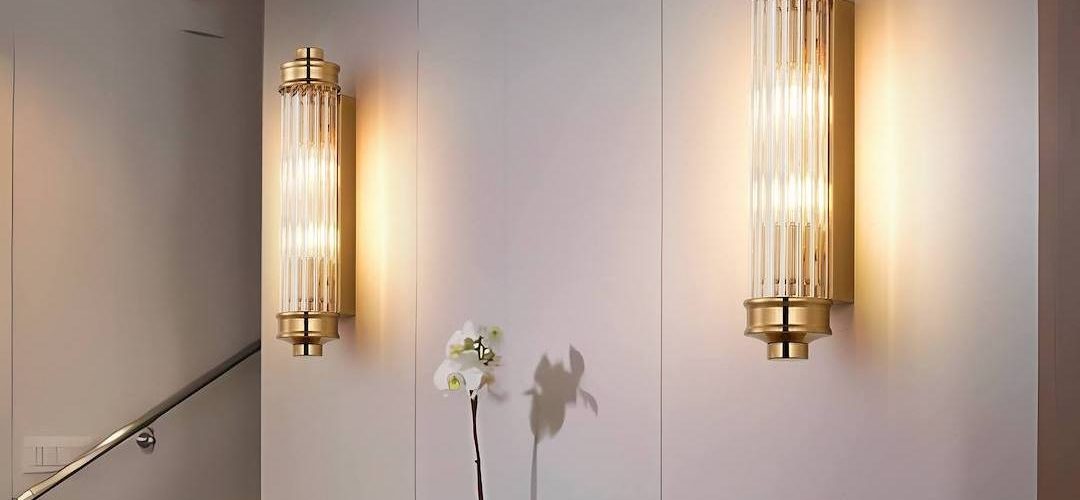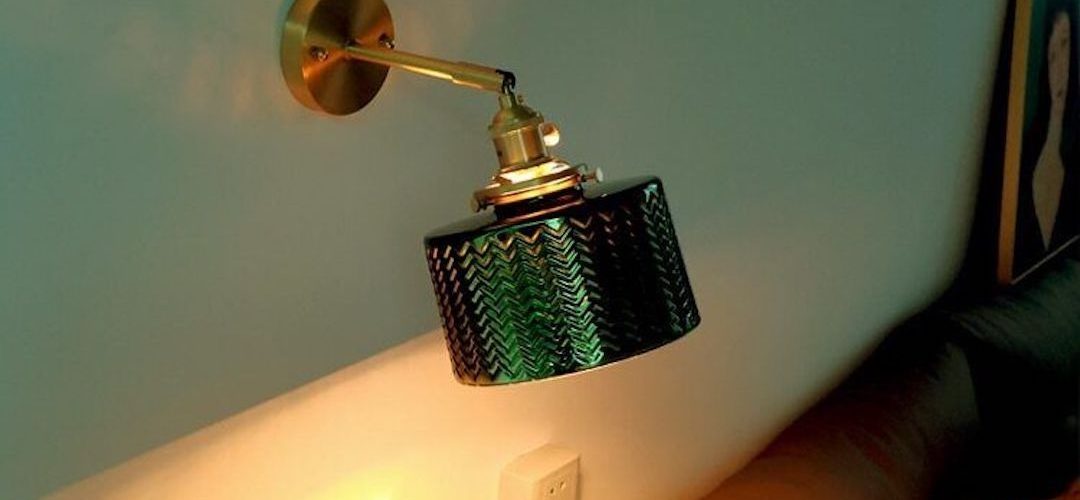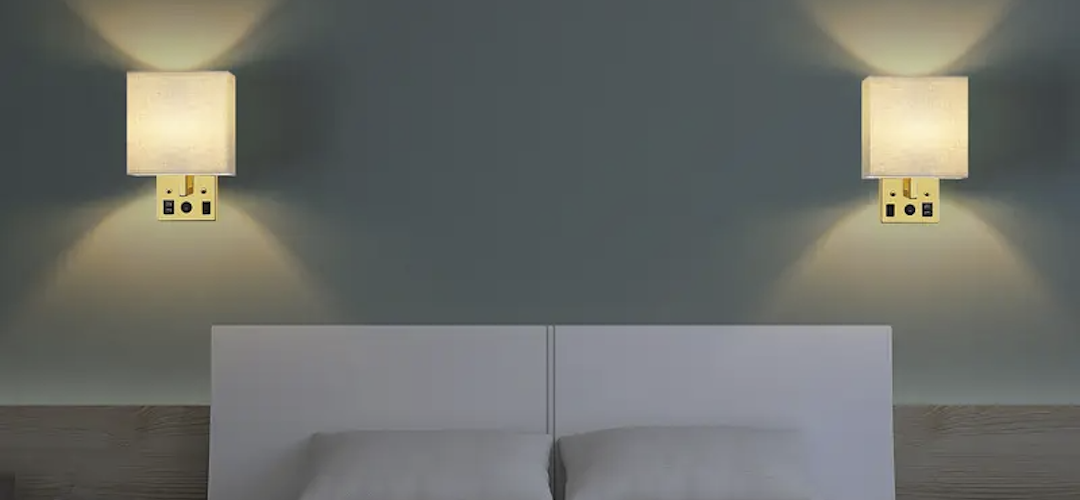Bringing Nature Indoors: Illuminate Your Space with a Living Wall Lamp
In recent years, there has been a growing trend of incorporating plants into home decor. From potted plants to hanging planters, people are finding creative ways to bring nature indoors. One unique and visually stunning way to do this is by installing a living wall lamp. A living wall lamp is essentially a vertical garden that is mounted on the wall and incorporates both plants and lighting. It not only adds a touch of greenery to your living space but also provides ambient lighting, creating a warm and inviting atmosphere.
Benefits of Having a Living Wall Lamp in Your Home
Having plants in your home has numerous benefits. They not only add beauty and freshness to your living space but also have a positive impact on your health and well-being. Plants help improve air quality by absorbing carbon dioxide and releasing oxygen, making the air cleaner and fresher to breathe. They also act as natural humidifiers, increasing the moisture in the air and reducing the risk of respiratory problems.
In addition to the physical benefits, plants have been proven to reduce stress levels and improve mental health. Studies have shown that being around plants can lower blood pressure, reduce anxiety, and improve mood. The presence of greenery in your home can create a calming and soothing environment, helping you relax and unwind after a long day.
A living wall lamp takes these benefits to the next level by combining plants with lighting. The soft glow of the lamp enhances the beauty of the plants, creating a visually stunning focal point in any room. It also provides functional lighting, making it perfect for areas where you need both light and greenery, such as the living room or bedroom.
Types of Plants to Use for a Living Wall Lamp
When choosing plants for your living wall lamp, it’s important to select ones that are suitable for indoor conditions and can thrive in low-light environments. Some popular choices include ferns, succulents, and mosses. These plants are known for their ability to adapt to different lighting conditions and require minimal care.
Ferns are a great choice for a living wall lamp as they can tolerate low light and high humidity. They have delicate fronds that add a touch of elegance to any space. Succulents, on the other hand, are known for their ability to store water in their leaves, making them drought-tolerant and low-maintenance. They come in a variety of shapes and colors, adding visual interest to your living wall lamp. Mosses are another option that can thrive in low-light conditions. They require minimal care and can create a lush and vibrant green wall.
Choosing the Right Lighting for Your Living Wall Lamp
When it comes to lighting options for your living wall lamp, there are several choices available. LED lights are a popular option as they are energy-efficient, long-lasting, and produce little heat. They come in a variety of colors, allowing you to create different moods and atmospheres in your living space. Fluorescent lights are another option that provide bright and even lighting. They are also energy-efficient and have a long lifespan.
When choosing the right lighting for your living wall lamp, it’s important to consider the needs of your plants. Different plants have different light requirements, so it’s important to choose lighting that provides the right amount of light for your specific plants. Some plants thrive in bright indirect light, while others prefer low-light conditions. It’s also important to consider the duration of light exposure. Some plants require longer periods of light, while others need shorter periods of darkness.
How to Install a Living Wall Lamp
Installing a living wall lamp may seem like a daunting task, but with the right tools and instructions, it can be a relatively simple process. Here is a step-by-step guide on how to install a living wall lamp:
1. Choose the location: Decide where you want to install your living wall lamp. Consider factors such as lighting conditions, accessibility, and visual impact.
2. Prepare the wall: Clean the wall surface and make sure it is smooth and free of any debris. If necessary, patch any holes or imperfections in the wall.
3. Mount the lamp: Follow the manufacturer’s instructions to mount the lamp on the wall. Use a level to ensure that it is straight and secure.
4. Attach the plants: Depending on the design of your living wall lamp, you may need to attach the plants directly to the lamp or use a separate mounting system. Follow the instructions provided to attach the plants securely.
5. Water and care for the plants: Once your living wall lamp is installed, it’s important to water and care for the plants regularly. Follow the specific care instructions for each plant to ensure their health and longevity.
Maintaining Your Living Wall Lamp: Tips and Tricks

Maintaining a living wall lamp requires regular care and attention. Here are some tips and tricks to help you keep your living wall lamp looking its best:
1. Watering: Different plants have different watering needs, so it’s important to water them accordingly. Check the moisture level of the soil regularly and water when it feels dry to the touch. Avoid overwatering, as this can lead to root rot and other problems.
2. Pruning: Regular pruning is essential to keep your plants healthy and prevent them from becoming overgrown. Trim any dead or yellowing leaves and remove any pests or diseased parts of the plant.
3. Fertilizing: Depending on the type of plants you have, you may need to fertilize them periodically to provide them with essential nutrients. Use a balanced fertilizer specifically formulated for indoor plants.
4. Pest control: Keep an eye out for pests such as aphids, mealybugs, and spider mites. If you notice any signs of infestation, take immediate action to prevent the pests from spreading to other plants. Use organic pest control methods whenever possible.
5. Light exposure: Monitor the amount of light your plants are receiving and adjust the lighting if necessary. Some plants may need more or less light depending on their specific requirements.
Creative Ways to Incorporate a Living Wall Lamp into Your Home Decor
A living wall lamp is a versatile and customizable addition to any home decor. Here are some creative ways to incorporate a living wall lamp into different rooms in your home:
1. Living room: Install a living wall lamp as a focal point in your living room. Choose plants with vibrant colors and interesting textures to create a visually stunning display.
2. Bedroom: Create a calming and soothing atmosphere in your bedroom by installing a living wall lamp above your bed. Choose plants with relaxing scents, such as lavender or jasmine, to enhance the ambiance.
3. Kitchen: Add a touch of greenery to your kitchen by installing a living wall lamp near your dining area or above your countertop. Choose herbs such as basil, mint, or rosemary that can be used in cooking.
4. Bathroom: Transform your bathroom into a spa-like retreat by installing a living wall lamp near your bathtub or vanity. Choose plants that thrive in high humidity, such as ferns or orchids.
5. Office: Create a productive and inspiring workspace by installing a living wall lamp near your desk. Choose plants that are known for their air-purifying properties, such as snake plants or peace lilies.
Health Benefits of Having Plants in Your Home
Having plants in your home has numerous health benefits. Here are some of the ways that plants can improve your well-being:
1. Improved air quality: Plants absorb carbon dioxide and release oxygen through photosynthesis, improving the air quality in your home. They also remove toxins and pollutants from the air, making it cleaner and healthier to breathe.
2. Reduced stress levels: Being around plants has been proven to reduce stress levels and improve mental health. The presence of greenery in your home can create a calming and soothing environment, helping you relax and unwind.
3. Increased productivity: Studies have shown that having plants in your workspace can increase productivity and concentration. They can help reduce mental fatigue and improve focus, making you more efficient and effective.
4. Better sleep: Some plants release oxygen at night, making them ideal for the bedroom. They can help improve sleep quality by increasing oxygen levels and reducing carbon dioxide levels in the air.
5. Enhanced mood: Being around plants has been shown to improve mood and increase feelings of happiness and well-being. They can help reduce symptoms of depression and anxiety, creating a positive and uplifting environment.
Eco-Friendly Living: Using a Living Wall Lamp to Reduce Your Carbon Footprint
In addition to the aesthetic and health benefits, a living wall lamp is also an eco-friendly addition to your home. Here are some ways that a living wall lamp can help reduce your carbon footprint:
1. Energy efficiency: LED lights, which are commonly used in living wall lamps, are highly energy-efficient. They consume less energy than traditional incandescent bulbs, helping you save on electricity bills and reduce energy consumption.
2. Improved air quality: Plants in a living wall lamp act as natural air purifiers, removing toxins and pollutants from the air. This helps improve indoor air quality and reduces the need for artificial air purifiers or filters.
3. Reduced waste: By growing your own plants in a living wall lamp, you can reduce waste from packaging materials such as plastic pots or containers. You can also compost any organic waste from pruning or trimming the plants.
4. Sustainable materials: Choose a living wall lamp made from sustainable materials such as recycled plastic or reclaimed wood. This helps reduce the demand for new materials and minimizes the environmental impact.
5. Carbon sequestration: Plants absorb carbon dioxide from the atmosphere and store it in their tissues, helping to mitigate climate change. By having a living wall lamp in your home, you are contributing to carbon sequestration and reducing greenhouse gas emissions.
Enhancing Your Living Space with a Living Wall Lamp
In conclusion, a living wall lamp is a beautiful and eco-friendly addition to any home decor. It not only adds a touch of greenery and beauty to your living space but also provides numerous health benefits. From improved air quality to reduced stress levels, having plants in your home can have a positive impact on your well-being.
A living wall lamp takes these benefits to the next level by combining plants with lighting. It provides both functional lighting and visual appeal, creating a warm and inviting atmosphere in any room. Whether you choose to install a living wall lamp in your living room, bedroom, kitchen, bathroom, or office, it is sure to enhance your living space and bring nature indoors.
So why not consider incorporating a living wall lamp into your own home decor? Not only will it add beauty and freshness to your living space, but it will also contribute to a healthier and more sustainable lifestyle. Embrace the beauty of nature and enjoy the numerous benefits of having plants in your home with a living wall lamp.






